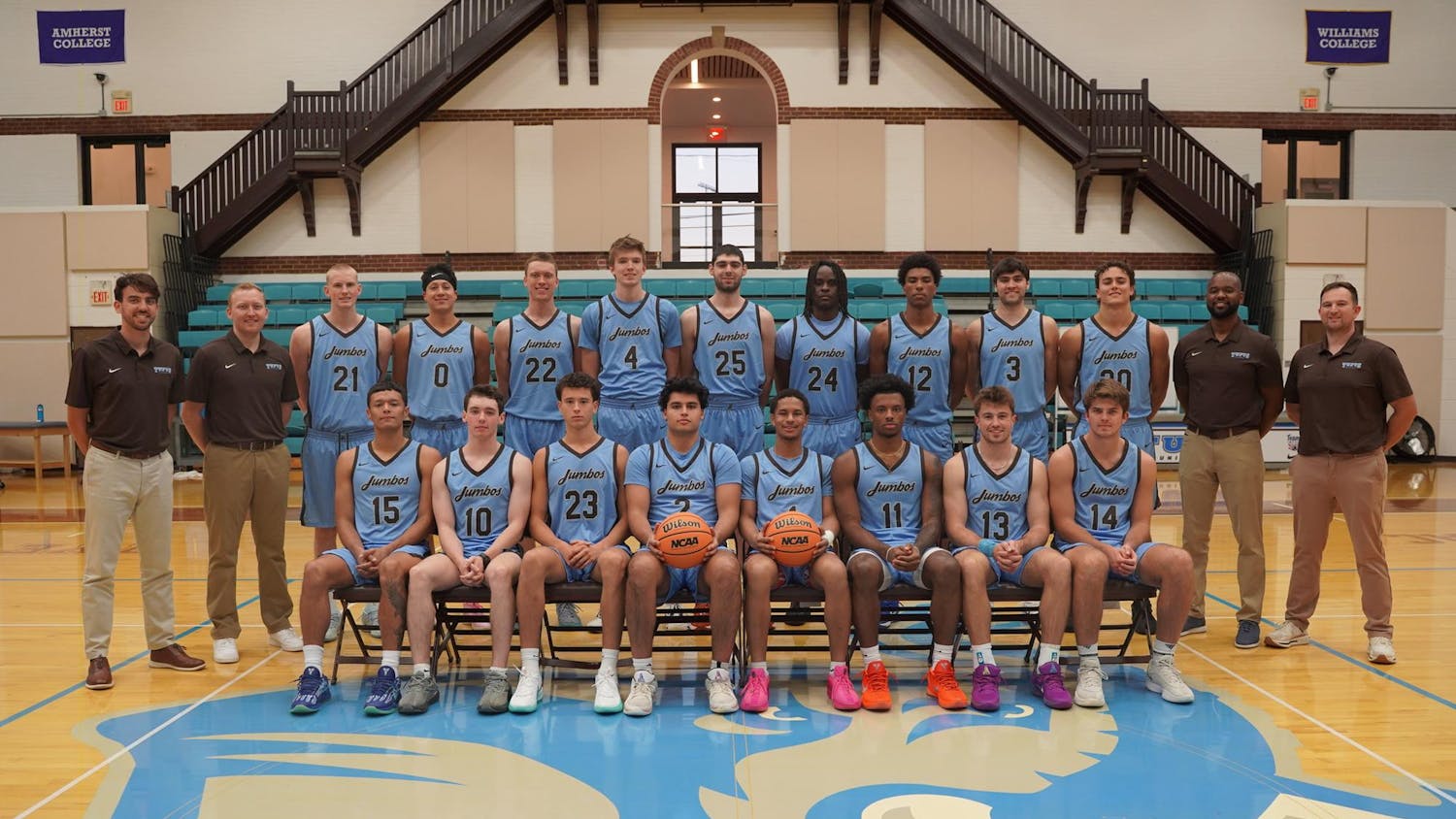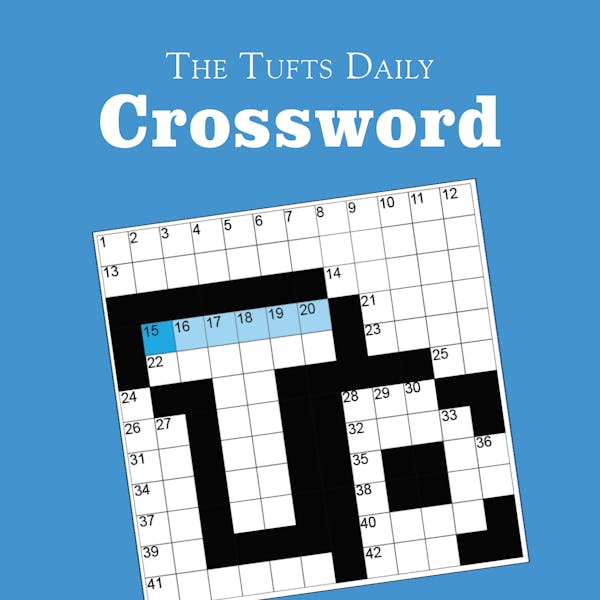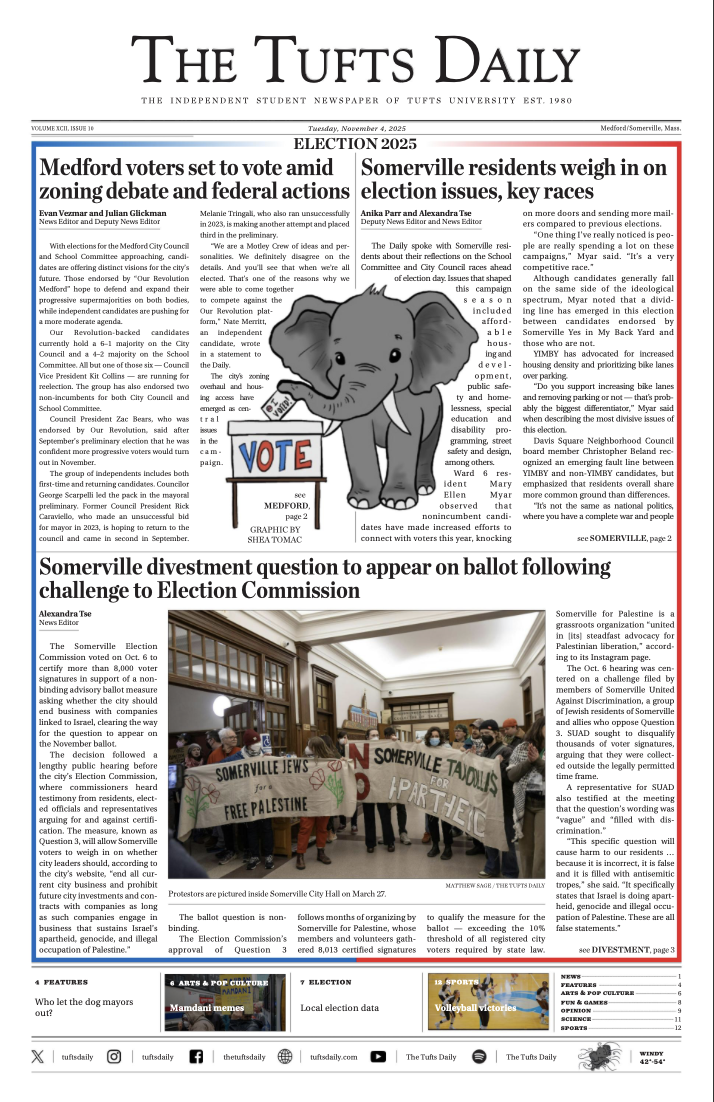All 30 National Hockey League (NHL) teams began the season last October with visions of hoisting the Stanley Cup at its conclusion in June. With just a handful of games remaining in the regular season, only 19 can still lay claim to that dream for this year.
Some, like the Presidents' Trophy-clinching Vancouver Canucks, can cruise into the postseason at the top of their division, home-ice advantage all but assured. Other teams closer to the playoff bubble, especially in the Western Conference, will be fighting for playoff seeding until the last day of the season. With less than a week until the first game of the Stanley Cup Playoffs on April 13, the slate of potential first-round match ups — and the parity of this year's playoff-bound teams — looks like it could deliver one of the most thrilling postseasons in recent NHL history.
In the East, the Philadelphia Flyers and Washington Capitals have battled at the top of the conference for the No.1 seed — which guarantees home-ice advantage until the Stanley Cup Finals — all the way down the stretch.
The Caps have been surging since the trade deadline — 14-2-1 since Feb. 28 — while the Flyers have been going through a rough patch, seeing a once-comfortable East lead vanish in the process.
The Flyers face a tough contest at the seven-seed Buffalo Sabres tomorrow night before concluding their regular-season slate against the New York Islanders the following day. Expect this battle to continue up until the last day of the regular season.
The Boston Bruins are at least the three-seed at this point, having sewn up the Northeast Division. But an ugly 5-3 loss to the streaking New York Rangers Monday night — in which the Bruins led 3-0 in the second period — raises questions about the mental toughness of a team that otherwise has the talent to make a deep playoff run.
As things stand, the Flyers and Caps will play either the Rangers or Sabres. Despite the low seeding of the two New York squads, neither Philadelphia nor Washington has to be too excited about these potential first-round opponents. Both might be bubble teams, but they're also physical squads backstopped by world-class goaltending — the kind of team ideally poised to pull off a playoff upset. The Sabres' Ryan Miller, who represented the U.S. Olympic team in Vancouver last year, and All-Star Henrik Lundqvist are the kinds of goalies that can shut down even the Flyers' and Caps' high-flying offenses.
In the Western Conference, the Canucks have demonstrated that they are the class of the league, led by last year's Hart Trophy-winner Henrik Sedin, his twin brother Daniel and goaltender Roberto Luongo, an All-Star in the prime of his career. They lead the West by a sizable margin over other division winners, the San Jose Sharks and Detroit Red Wings.
From their record alone, the Canucks are the odds-on Stanley Cup favorites. But two recent injuries — a freakish eye injury to center Manny Malhotra from a puck to the face, and the second concussion to defenseman Dan Hamhuis in seven weeks — complicate Vancouver's postseason outlook. Hamhuis could be back for the playoffs; Malhotra will probably not be.
After the division leaders, the rest of the West is as muddled as it has been all year. Entering last night's games, four points separated the fourth and eighth seeds, and the ninth- and tenth-place teams were just two points shy of that. The Calgary Flames and Dallas Stars are on the outside of the playoff picture looking in; their hopes are rapidly fading as the number of games dwindles.
In what would have been difficult to foresee prior to the start of the regular season, the defending Stanley Cup champion Chicago Blackhawks are clinging to the eighth seed and a potential first-round matchup against the powerhouse Canucks.
With so little separation between the Hawks, Anaheim Ducks, Phoenix Coyotes and Los Angeles Kings, playoff matchups will be impossible to predict until the last day of the season.
As in the Eastern Conference this year, even the lowest playoff seeds are strong teams capable of an upset, and Chicago is probably the best example of this. The parity of this year's league is a sober warning to any higher seed that might be anticipating an easy first-round matchup.
Ultimately, part of the charm of the playoffs — hockey's "second season" — is that statistics, playoff seeds and home ice advantage — the types of things fans and hockey writers analyze and fret about throughout the year — only matter so much once the postseason rolls around. Hockey has a rich tradition of upsets and improbable playoff runs — witness the Flyers, who qualified for the postseason on the last day of the regular season last year before battling their way through to the Stanley Cup Finals. So as much as fans can analyze and anticipate what will happen this month and beyond, it's impossible to say for sure how any of it will turn out.
Each of the sixteen teams that makes it to the playoffs next week will be able to wipe the regular-season slate clean and will be free to write their own playoff destiny. All the regular season means at that point will be home ice and a tiny number preceding a team's name on television. The rest is up to those teams to determine, and it's going to be a lot of fun to watch.





